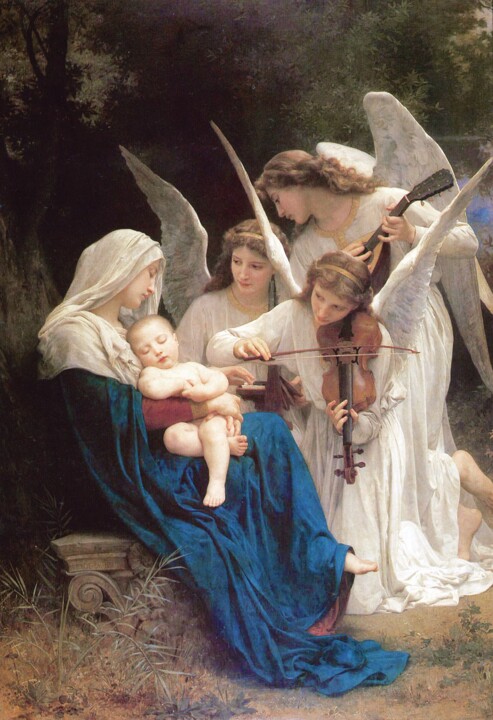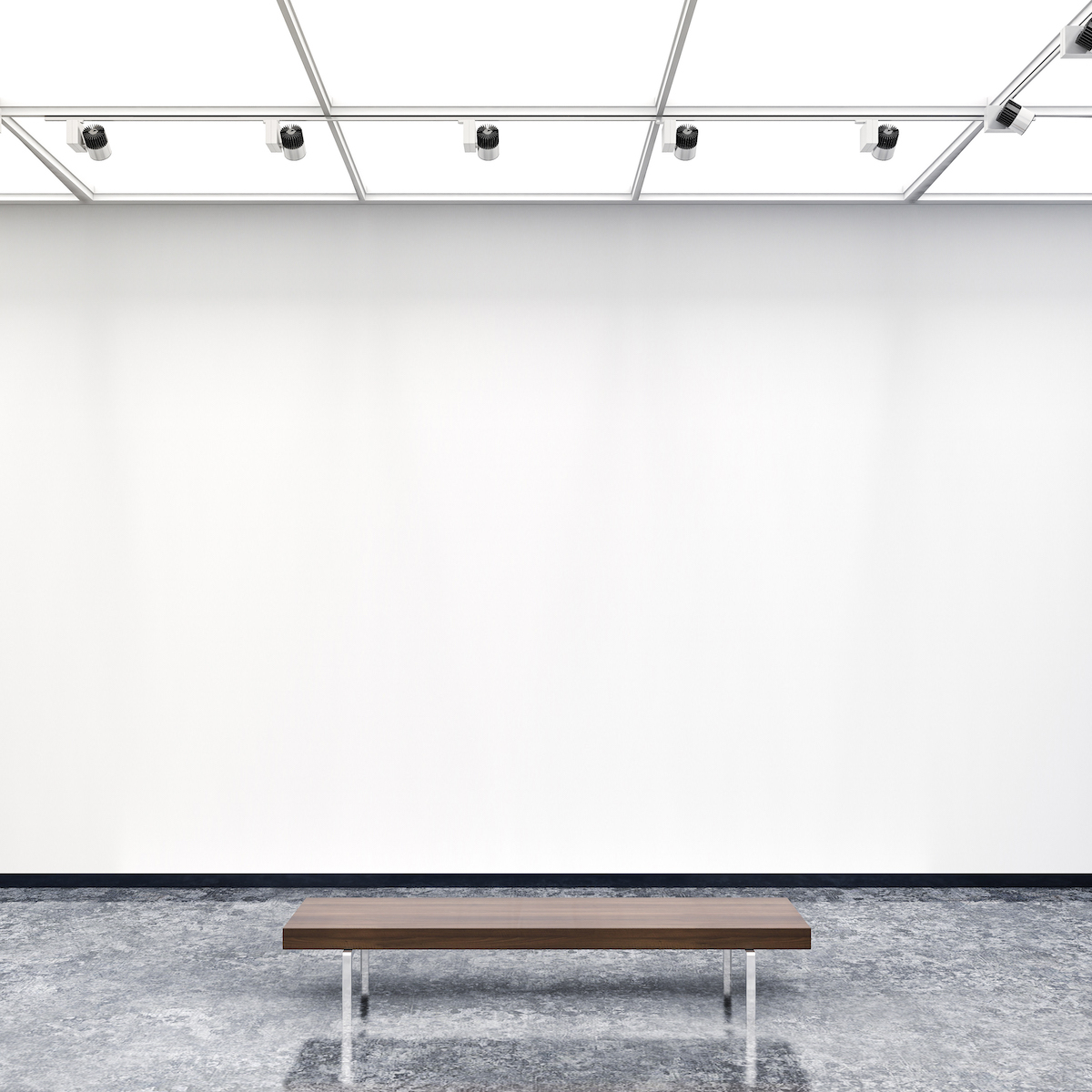"Fine-Arts" prints on paper
It is a process of printing on art paper using very high-quality pigment inks and printed in very high definition. Its level of conservation is exceptional (more than 100 years), its quality, depth, and richness of nuances exceeds the classic photo print on Argentic paper.

Glossy finish
Apart from its exceptional thickness, the fiber paper is composed of an alpha-cellulose base without acid and it is covered with barium sulphate, and a microporous layer absorption enhancing pigments during printing. A pure white color, non-yellowing to light, this paper is especially designed for resistance and aging. It is used by major museums worldwide as it offers excellent resolution, rendering deep and dense colors.
Art Print "Fine Art" - Glossy finish on a fiber base paper 325 g.

Our high end prints and reproductions
ArtMajeur only uses natural papers with neutral pH, resistant, and of high quality, selected from renowned papermakers!
Constant attention is paid by our master printer, whether in terms of color control or respect for the graphic chain. Our high level of quality requirement is a major asset of ArtMajeur framed art prints.
For Artists! You help artists to live from their work. They receive royalties everytime you buy their prints.
About our fine prints-
Original Artwork
Painting,
Oil
- Dimensions Height 84in, Width 60in
- Framing This artwork is not framed
- Categories Symbolism Religion
Related themes
William Adolphe Bouguereau was born in La Rochelle, France, on November 30, 1825. He was a French academic painter. Because of problems in the family, the little Bouguereau was sent to live with his uncle in Mortagne. That was probably meant to happen, since his uncle encouraged his desire to paint and make art. He learned to paint for the first time when he was young.
Bouguereau worked in the studio of Francois Picot before he went to the École nationale supérieure des beaux-arts de Paris in 1846 to study fine arts. There, he was one of the best students, and his painting "Zenobia Found in a Flock of Sheep" won the Académie royale de peinture et de sculpture's Rome Prize in 1850. This prize is given to the best visual artists in France. This gave him the chance to spend a year at the Villa Medici in Rome, where he could take classes and also study the best works of art from the Italian Renaissance.
Bouguereau was probably the most well-known French artist of his time, not just in France but also in other countries. In his works, he wrote about classical and historical subjects in a way that was both realistic and academic. His pictures about myths and symbols were based on things he saw in Greece. He rewrote the classics and at the same time made a world that was romantic and sensual but not quite real. William Bouguereau also did religious paintings in the style of the pre-Raphaelites.
His painting style was perfected and looked like a photo. William Bouguereau worked hard to make sure that every detail of his technology was perfect. His paintings were often shown at the salon. He was hired to decorate many private homes, public buildings, and the chapels of the churches in Paris. In the year 1876, he joined the Academy of Fine Arts.
The painter was both financially and artistically successful, and he was also well known. But three of his children and his first wife also died while he was alive. William Bouguereau's own grief led him to make religious works like "The Pietas." In 1900, his last son to live got sick and died. The tragedy changed the already 75-year-old artist's health in a way that can't be fixed. He felt worse and worse each day. Bouguereau died of heart failure in 1905 in La Rochelle, where he was born.
-
Nationality:
FRANCE

- Date of birth : 1825
- Artistic domains: Represented by a Gallery,
- Groups: Contemporary French Artists Artists presented by a gallery









